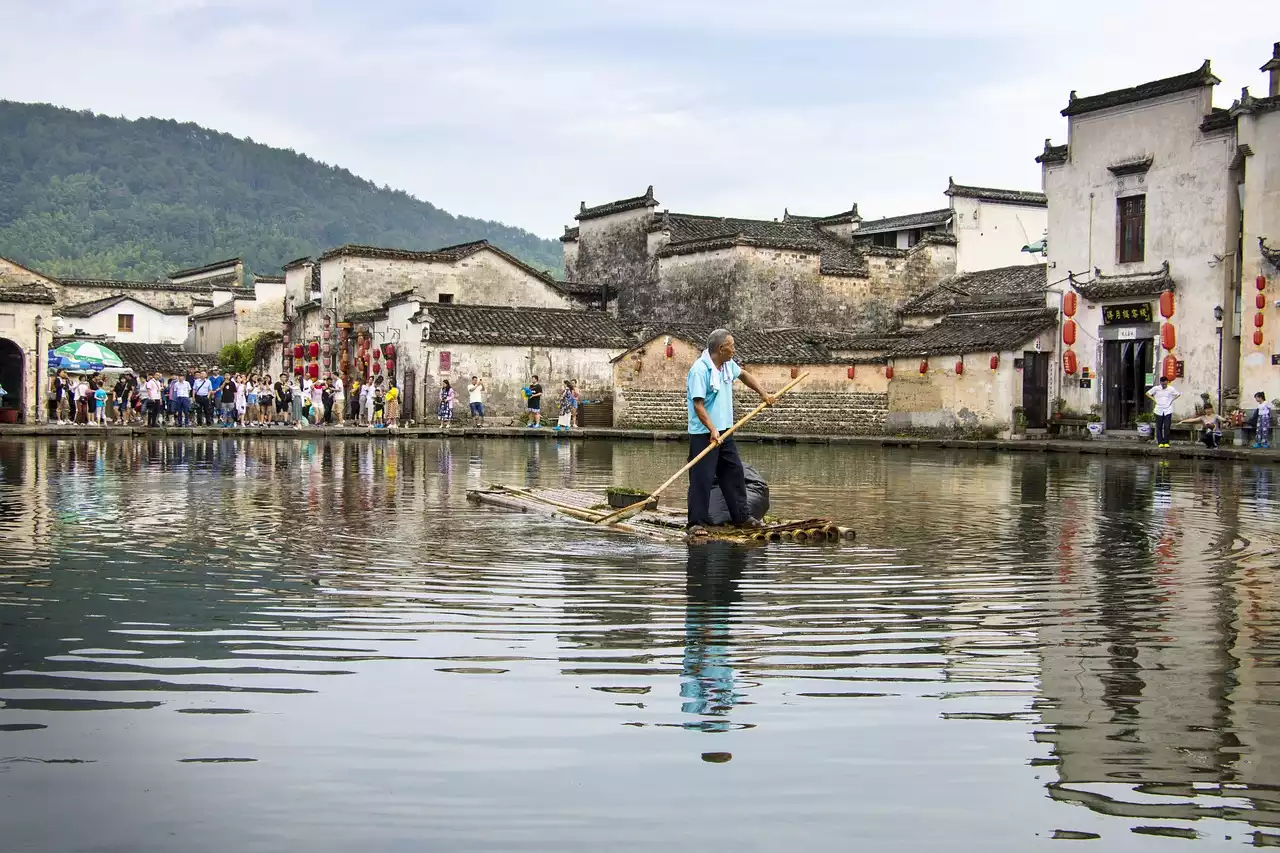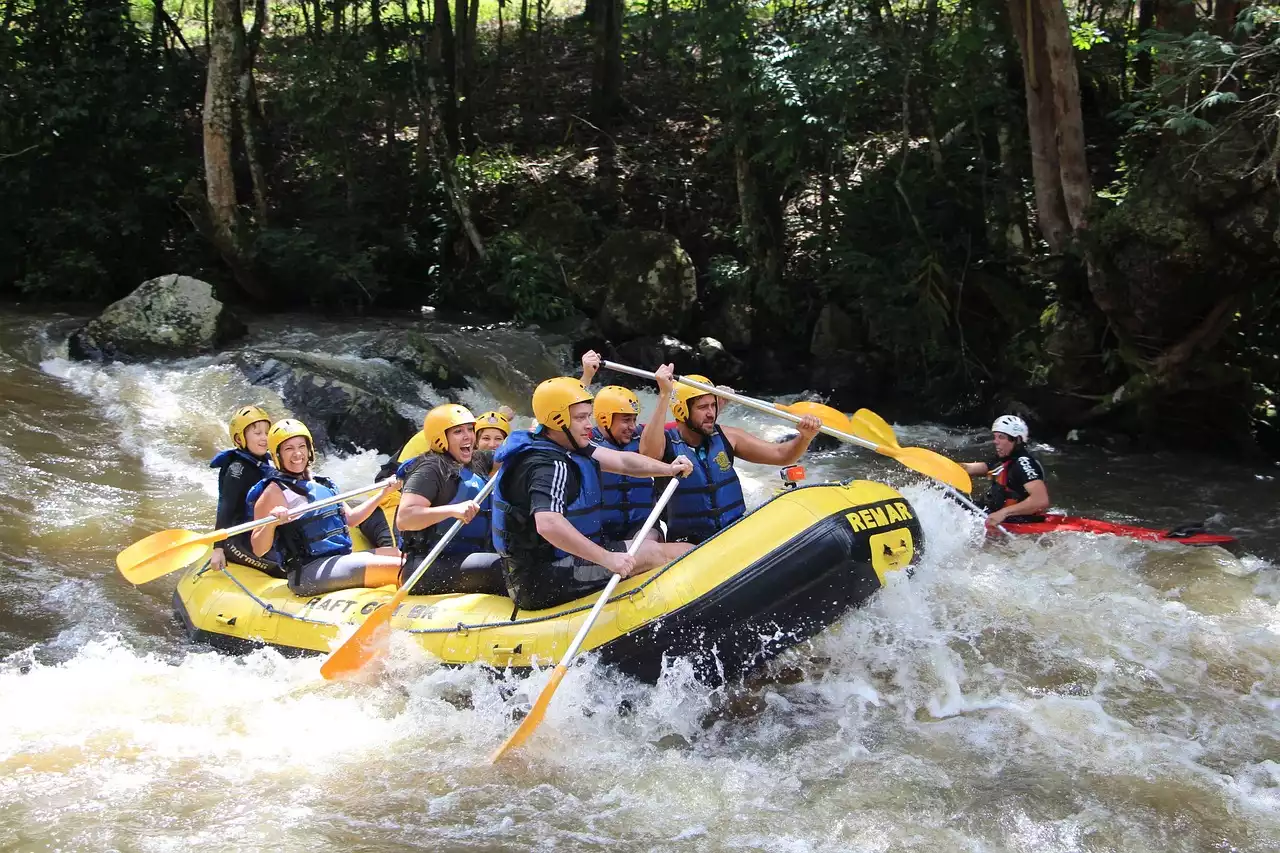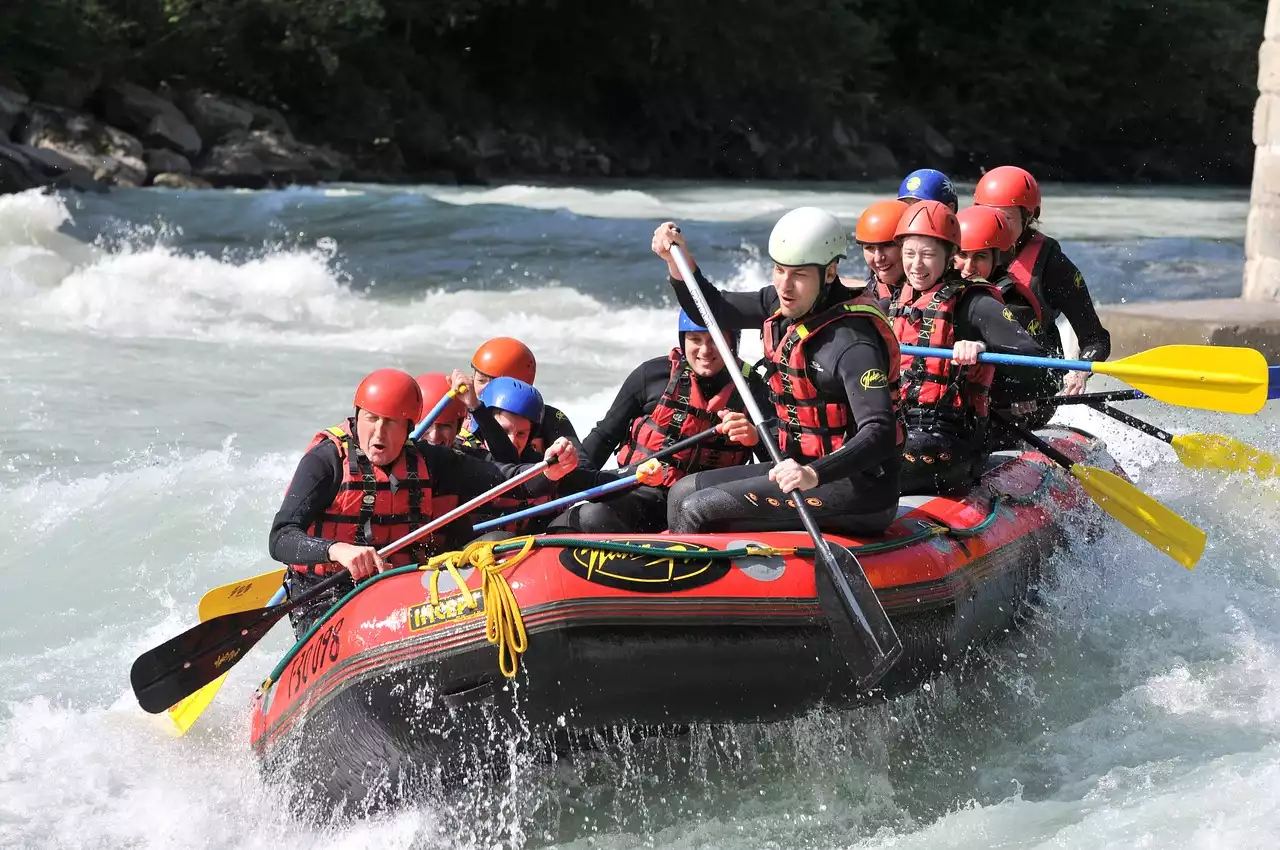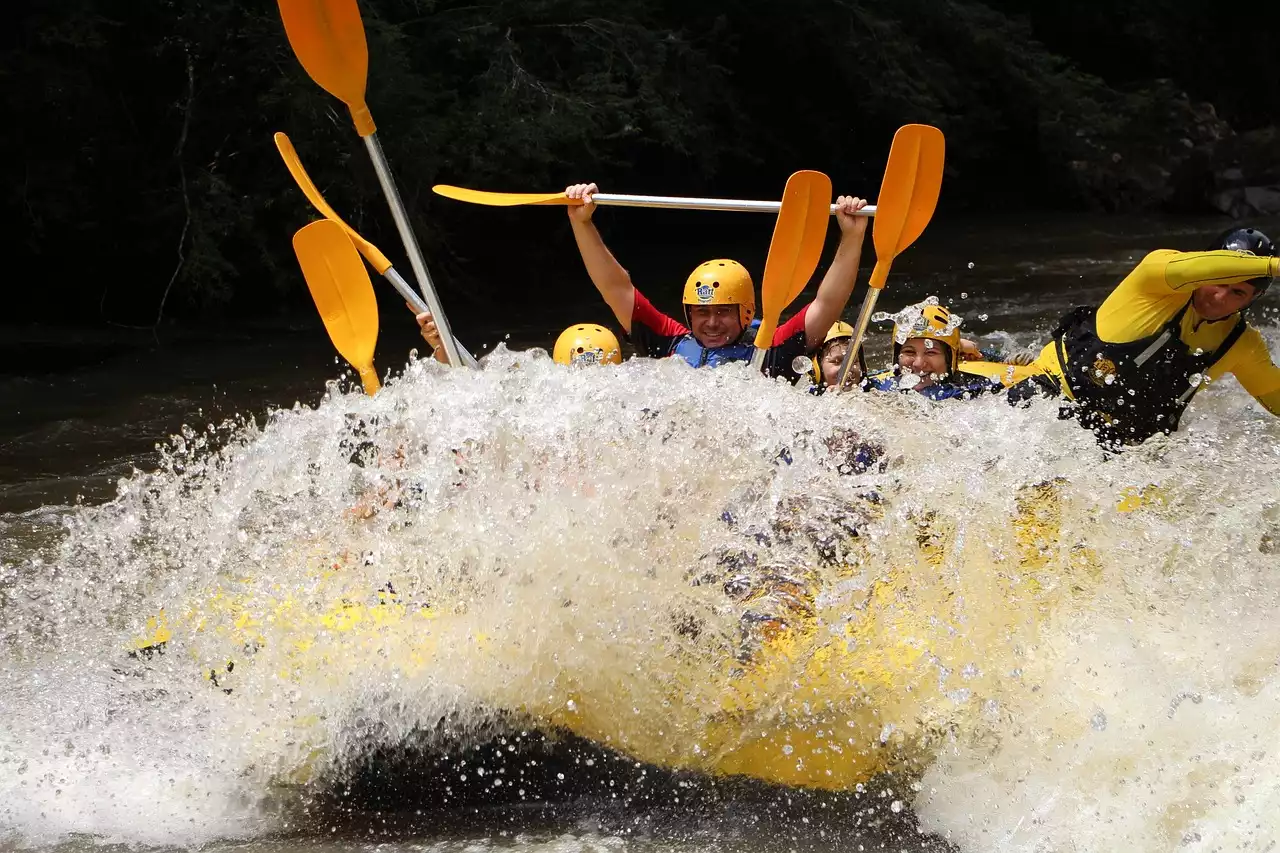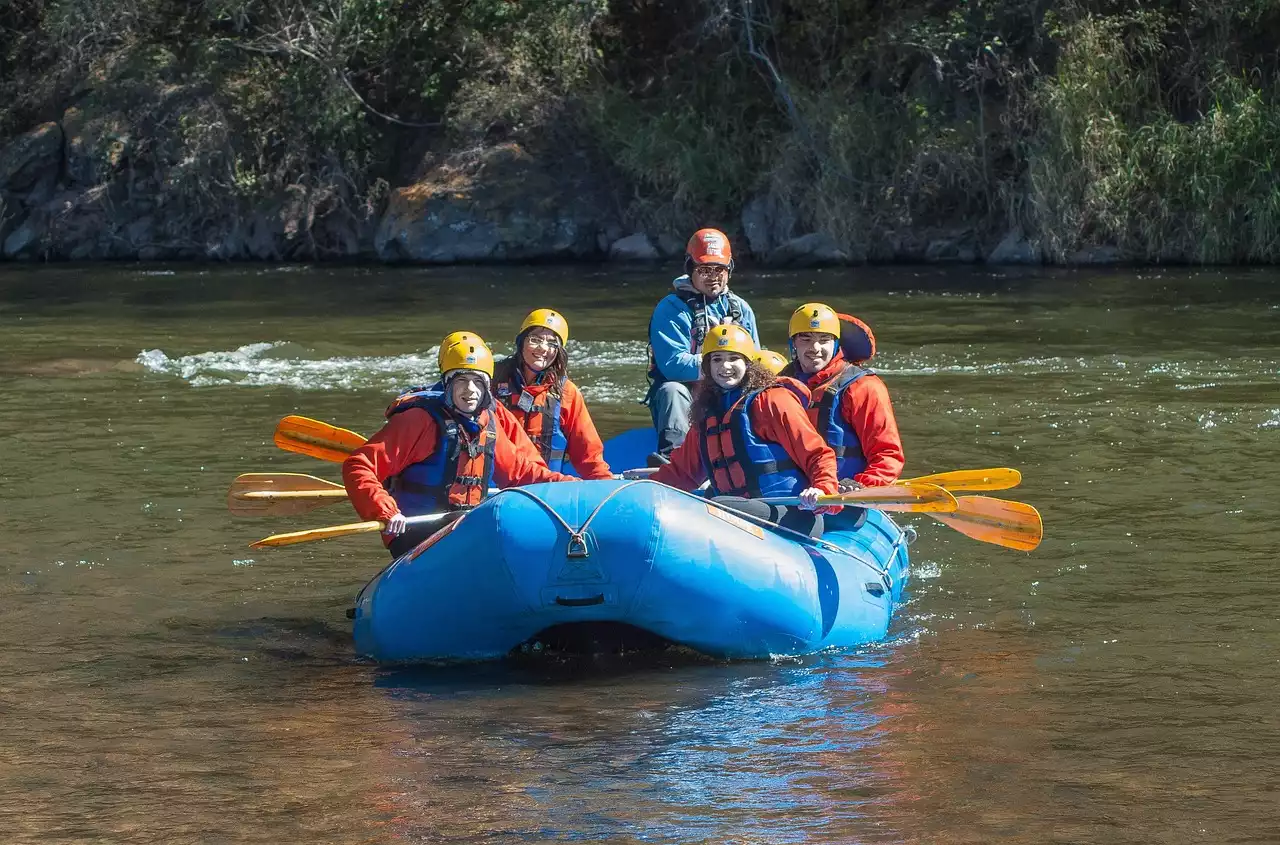Early Origins of Rafting
Rafting has been around for thousands of years, with evidence of its use for transportation dating back to ancient times. The earliest recorded instance of rafting was in the form of a woven reed boat used by the ancient Egyptians to navigate the Nile River. The raft was made by weaving together papyrus reeds and was used to transport goods and people along the river.
Rafting was also a common mode of transportation in other early river civilizations such as Mesopotamia and the Indus Valley. These civilizations relied heavily on river transport for trade and commerce, and the use of rafts was an essential part of their daily lives.
The ancient Greeks and Romans also utilized rafts for naval warfare and transportation, with the famous Roman general Julius Caesar using rafts to cross the Rhine River during his conquest of Gaul. These early uses of rafts demonstrate the cultural significance of river navigation and the important role that rafts played in early civilizations.
Rafting in the 19th Century
The 19th century saw significant developments in the technology and design of rafts, which paved the way for the recreational use of rafts. One of the earliest recorded instances of recreational rafting was in 1811, when a group of fur traders used a homemade wooden raft to navigate the Snake River in Wyoming. This marked the beginning of recreational rafting in North America.
In the late 1800s, whitewater rafting became a popular recreational activity, with people seeking out the thrill of navigating rapids and rough waters. The development of rubber rafts in the early 1900s further revolutionized the sport, as they were more durable and easier to maneuver than wooden rafts.
Developments in Rafting Technology
The 20th century saw significant advancements in rafting technology, with the development of inflatable rafts and kayaks. In 1940, the first inflatable raft was developed by the French company L'Air Liquide. These rafts were made of rubber and were used primarily for military purposes.
In the 1950s, inflatable rafts became popular for recreational use, with companies like Hyside and Avon producing high-quality inflatable rafts for whitewater rafting. The inflatable raft was a game-changer for the sport, as it allowed for greater maneuverability and better control in rough waters.
The development of kayaks in the mid-20th century also had a significant impact on the sport of rafting. Kayaks were originally developed for recreational use, but they quickly became popular for whitewater rafting as well. Kayaks allowed for greater control and maneuverability in rapids, and they opened up new possibilities for exploring rivers and waterways.
The Rise of Commercial Rafting
The 1970s saw the rise of commercial rafting, with companies offering guided rafting trips on popular rivers and waterways. This marked a significant shift in the sport, as it allowed people who were not experienced rafters to enjoy the thrill of whitewater rafting.
The rise of commercial rafting also led to the development of safety standards and regulations for the sport. In the United States, the National Park Service began requiring commercial rafting companies to meet safety standards and obtain permits in the 1970s. Similar regulations were put in place in other countries around the world.
Rafting as an Extreme Sport
In the late 20th century, rafting began to be seen as an extreme sport, with people seeking out ever more challenging rapids and difficult waterways. The rise of extreme sports culture in the 1990s further fueled this trend, with rafting becoming a popular activity for thrill-seekers.
Extreme rafting competitions and events began to emerge in the late 20th century, with events like the World Rafting Championships and the Whitewater Grand Prix showcasing the best rafters in the world. These events pushed the limits of what was possible in the sport and inspired a new generation of rafters.
Rafting Safety and Regulations
With the rise of extreme rafting and commercial rafting, safety has become a top priority in the sport. Rafting safety standards and regulations have been developed to ensure the safety of rafters and to minimize the risks associated with the sport.
In addition to safety regulations, many rafting companies and organizations offer safety training and education for rafters. This training includes instruction on how to navigate rapids, how to read water, and how to respond in emergency situations.
Famous Rafting Destinations Around the World
Rafting has become a popular activity in many parts of the world, with people seeking out exciting and challenging rivers and waterways. Some of the most famous rafting destinations around the world include the Grand Canyon in the United States, the Zambezi River in Africa, and the Futaleufú River in Chile.
These destinations offer a range of rapids and waterways, from calm and peaceful rivers to challenging and dangerous rapids. They also offer stunning natural scenery and the opportunity to explore some of the world's most beautiful and remote locations.
The Future of Rafting as a Sport
Rafting has come a long way since its early origins as a mode of transportation. Today, it is a popular recreational activity enjoyed by people around the world. As the sport continues to evolve, new technologies and innovations will continue to shape its future.
One of the most promising areas of development for rafting is in the field of sustainable rafting. Many rafting companies are working to minimize their impact on the environment and to promote sustainable practices in the sport. This includes using eco-friendly equipment and materials, promoting responsible tourism, and working to protect the natural habitats of the rivers and waterways where rafting takes place.
As the sport of rafting continues to evolve, one thing is certain: it will continue to captivate and inspire adventure seekers around the world. Whether you're a beginner or an experienced rafter, there's always something new to discover and explore in the exciting world of rafting.
